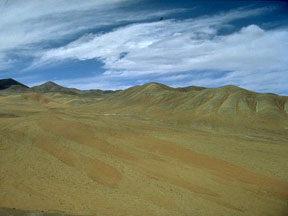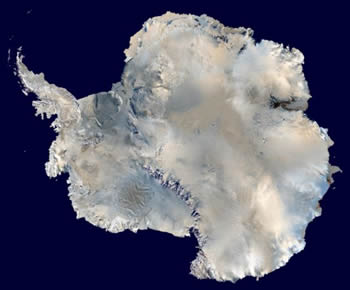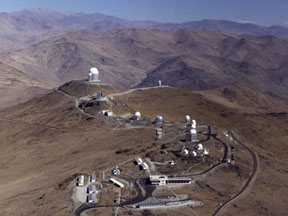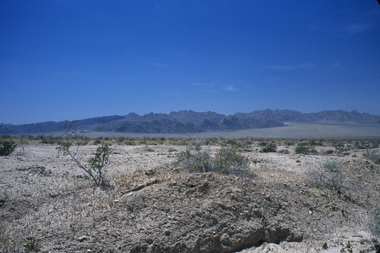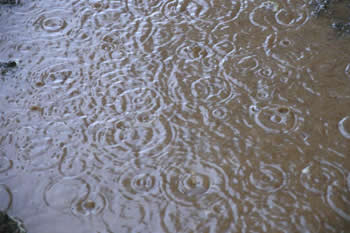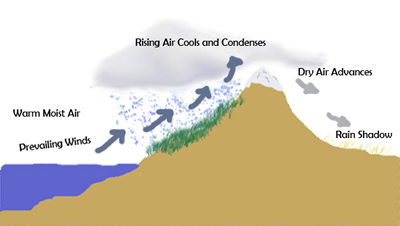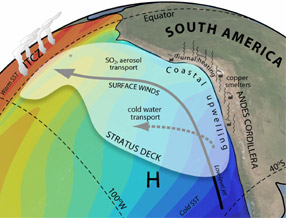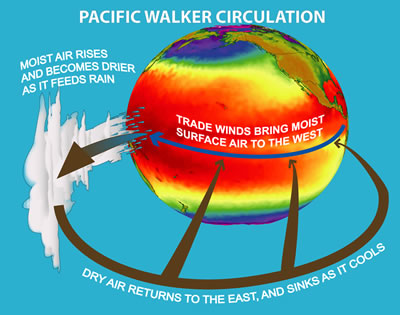Click on image for full size
Image courtesy of NASA.
Atacama Desert
Chile's Atacama Desert is one of the driest places on Earth. Much of the desert receives less than 1 millimeter (0.04 inch) of rainfall per year on average, making it 50 times more arid than California's Death Valley.
As you might guess, few people live in this extreme environment. Likewise, there are hardly any animals, plants, or even microbes in the Atacama Desert. The area is not totally uninhabited, though. Some people and other living creatures do manage to survive in the harsh environment of the Atacama.
The Atacama Desert extends from a place near the Chile-Peru border in the north to roughly 30° south latitude, a distance of about 1,000 km (600 miles). It covers an area of 140,000 km2 (54,000 square miles), which is about the size of the state of New York in the U.S.A. Much of this desert lies at high elevations.
The Atacama is the driest hot desert in the world; only Antarctica's Dry Valleys are more arid. Some weather stations in the Atacama have never received any rain. One scientist estimated that rain typically falls but once per decade in the driest, central portion of the desert.
Why is the Atacama so incredibly dry? To begin with, this desert is located in the "rain shadow" between two mountain ranges, the Andes and the Chilean Coast Range. Winds in the area, generated by a large-scale atmospheric flow called the Pacific Anticyclone, are very dry. The air is descending, as part of a large flow of air called the Walker circulation, and the descending air is especially dry. The Humboldt Current (also called the Peru Current) carries cold water northward along the western coast of South America. This cold ocean current cools the air above it, which reduces the amount of moisture the air can hold. This mix of mountains, winds, and ocean currents combines to make the Atacama incredibly dry.
Besides being arid, the Atacama is one of the oldest deserts in the world. Scientists estimate that parts of it have been dry for at least 20 million years and possibly as long as 40 million years. This is much older than other hyper-arid regions, such as the Dry Valleys of Antarctica (10-11 million years) and the Namib Desert in Africa (5 million years). Some dry river beds in the Atacama haven't had water flowing in them for 120,000 years!


